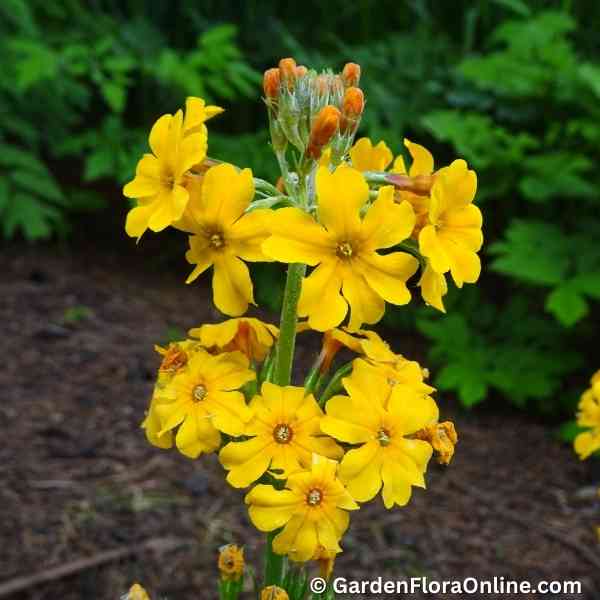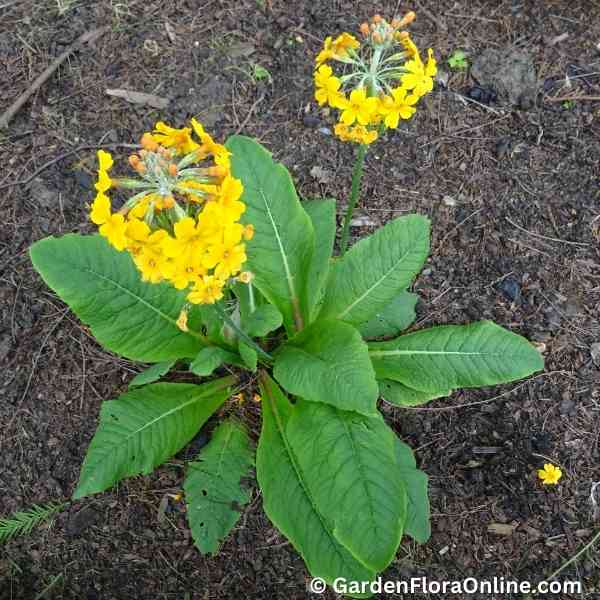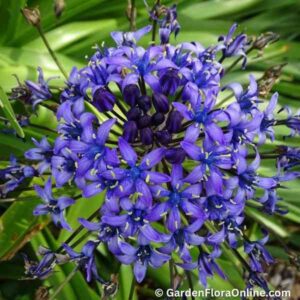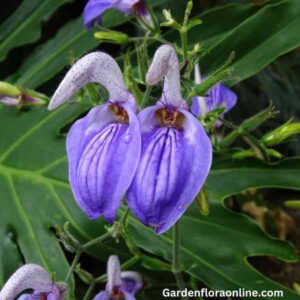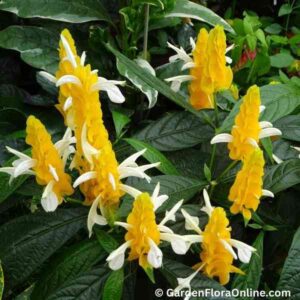Primula bulleyana (Candelabra Primrose)
A herbaceous perennial originating from moist, montane meadows and stream edges in southwestern China. Mature plants develop basal rosettes that typically reach a height and width of approximately 30 cm. The leaves are elliptic to oblanceolate, with finely serrated edges, measuring about 21 cm in length and 8 cm in width. From early to mid-summer, flowering scapes rise from the center of the rosettes, extending up to 60 cm tall and bearing 5 to 7 whorls, each containing 6 to 16 flowers. The scapes, particularly at their tips and nodes, are coated with a white, powdery substance known as farina, which is produced by tiny glandular hairs. The bell- or funnel-shaped flowers are orange, measuring up to 1.25 cm in length and 2 cm in width, and are highly attractive to butterflies and other pollinating insects.
Cultivation: Thrives in consistently moist to wet, nutrient-rich loamy soils that are neutral to slightly acidic and well-draining, ideally in partial shade. Tolerates heavy, poorly-drained clay soils and can adapt to full sun in regions with cool summers, provided the soil remains consistently moist. In areas with hot summers, afternoon shade is essential to prevent stress. The plant readily propagates through self-seeding.
Etymology: The genus name Primula is derived from the Latin word primus, meaning first, and refers to the plant’s early flowering habit. The specific epithet bulleyana commemorates Arthur Bulley (1861–1942), an English naturalist and nursery owner who financed plant-collecting expeditions. Notably, Bulley supported botanist George Forrest (1873–1932) in his journeys to southwestern China to gather plants adaptable to cultivation in England.



